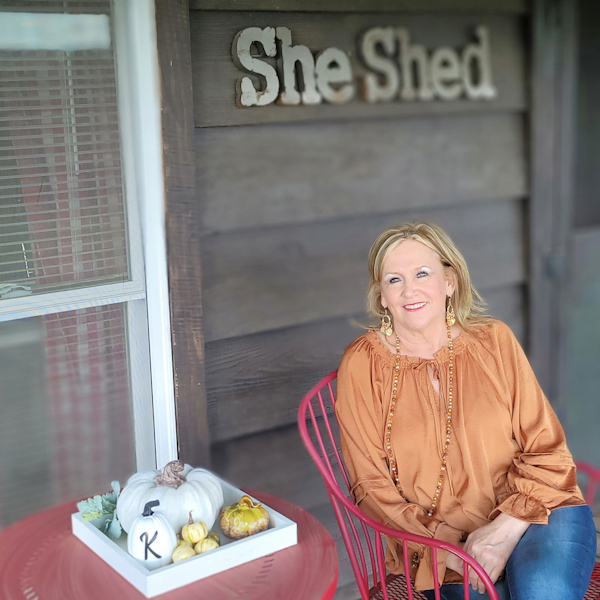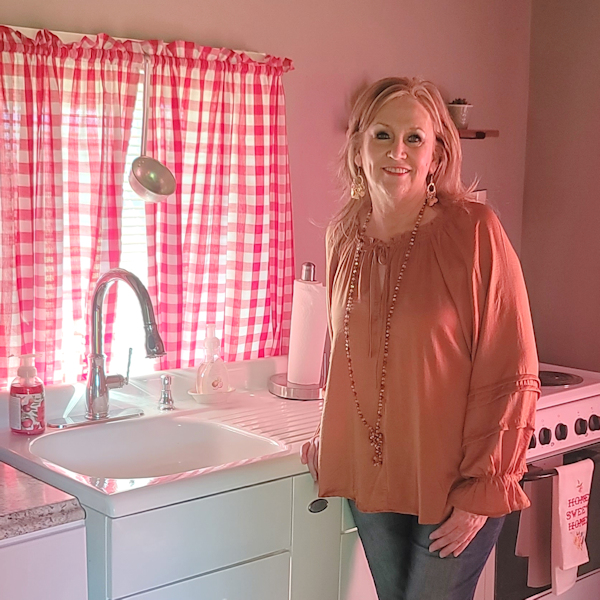Women with breast cancer are living longer than ever — and now, doctors are adjusting their treatments to ensure that today’s cure isn’t tomorrow’s complication.
 A leading treatment for breast cancer, as other forms of cancer, is radiation therapy. Radiation is highly effective at destroying the DNA inside cancer cells, shrinking tumors and reducing the risk of recurrence.
A leading treatment for breast cancer, as other forms of cancer, is radiation therapy. Radiation is highly effective at destroying the DNA inside cancer cells, shrinking tumors and reducing the risk of recurrence.
And while radiation therapy has become ever-more precise at targeting cancerous cells and sparing healthy cells, there’s always the risk of the radiation causing problems years down the line.
That’s especially true with left-sided breast cancer, given the left breast’s proximity to the heart.
“What decades of retrospective research has shown is that women who received radiation as part of their treatment for left-sided breast cancer and ultimately were cured of breast cancer, unfortunately had a higher risk of experiencing cardiac problems from unintended radiation exposure to the heart,” said Anil Dhople, MD, medical director and oncology quality advisor with Tanner Cancer Care. “We realized as a profession we were going to have to develop a solution to protect the heart for these patients.”
For breast cancer treatment, a device called a linear accelerator is used to deliver a precise beam of radiation to the cancerous tissue. The problem: as the patient is breathing, the surface of the heart can move into the pathway of the beam.
The common-sense solution involved delivering the radiation while the patient holds their breath.
“While it seems simple to take a breath and hold it,” Dr. Dhople said, “we need the amount of air inhaled and held by the patient to be identical each time the beam of radiation is delivered. And, just as important, we need to make sure the system can monitor and automatically shut off the beam if the patient unexpectedly exhales."
The solution implemented at Tanner Cancer Care involves a sophisticated grid of lasers and optical sensors feeding about 10,000 points of data to some of the most advanced computers in medicine — and a “hold your breath.”
With “deep inspirational breath hold,” or DIBH, patients are asked to inhale deeply and hold that breath of air for about 15-20 seconds. The expansion of the lungs pushes the heart away from the chest surface, clear of the radiation beam. Clinicians and the linear accelerator itself can monitor the targeted tissue and make sure the radiation is going exactly where it needs to.
The treatment technique, which Dr. Dhople introduced in 2021 shortly after joining the team at Tanner Cancer Care, has been shown to reduce the later-in-life occurrence of coronary artery disease, inflammation of the heart and chest pain for women treated for breast cancer with radiation therapy.
For patients like Janice Kerr of Ranburne, Alabama, the ability to undergo treatment with less risk of future complications was a huge comfort.
“On my last yearly mammogram, they found a spot,” said Kerr. An MRI confirmed that the cancer was stage 1, meaning it had not spread.
Breast surgeon Raul Zunzunegui — “Dr. Z” — with Tanner’s Comprehensive Breast Care Center went over Kerr’s options and offered his best advice. Kerr’s daughter, who also works in the medical field, attended the visit with her to be involved in her mother’s treatment journey from Day 1.
Dr. Z performed a lumpectomy, removing the cancer while preserving as much of the breast tissue as possible. Four days later, Kerr experienced another setback when she had to go in for a cholecystectomy — removal of her gallbladder.
Once recovered from her multiple surgeries, she was able to begin radiation therapy and was referred to Dr. Dhople.
“Patients like Ms. Kerr are some of those who benefit most from this technique,” said Dr. Dhople. “She was relatively young at time of diagnosis — in her early 60s — and was anticipated to have a long and healthy life after cancer. It was important to us to make sure her years ahead assured her overall good health, including reducing her risk of heart problems.”
Dr. Dhople explained what Kerr’s treatment would entail, including DIBH, which she practiced in the weeks before her radiation treatments began.
 “I practiced every morning,” she said. “It was very relaxing — I looked forward to it, actually.”
“I practiced every morning,” she said. “It was very relaxing — I looked forward to it, actually.”
She slowly inhaled, held for 20 seconds, and slowly exhaled. Breathed in, held, breathed out. Four weeks of daily radiation treatments later — on Aug. 11, 2022 — she was done and following up with medical oncologist Bradley Larson, MD, with Northwest Georgia Oncology Centers.
“It’s been a journey, but it wasn’t nearly as complicated as I thought it would be,” Kerr said. “I know some people really struggle through treatment, but the word ‘fear’ never occurred to me. I felt confident from the beginning. I stayed optimistic.”
Kerr said she was devoted to her treatment plan. She followed the diet, used the ointments, drank plenty of water and listened to her patient care team.
And she kept holding her breath when she had to — and breathing easy when she didn’t.
Kerr praised the patient care team’s compassion and expertise. She also praised her two daughters, who work in health care and for Southwire, as well as her six grandchildren for being so supportive of her throughout her treatment.
Kerr works full-time as an events coordinator for the city of Carrollton. Her Ranburne home stands on the land where she grew up.
Seeing others go through cancer treatment at Tanner — and the impressions she got from Dr. Z, Dr. Dhople and Dr. Larson — assured Kerr she was making a great choice on pursuing treatment at Tanner.
“Everyone had a great bedside manner,” she said. “They were so thorough, so professional and so good at explaining everything. I knew immediately that I was going to do what they asked me to do.”
Kerr is taking an estrogen blocker to reduce the risk of recurrence. She’s continuing her work for the city and a local pharmacy where she works part-time. She’s enjoying her family, working in her yard and piddling at her family’s Bowdon candle shop.
And she’s grateful for Tanner and the team she had.
“It was amazing,” she said. “I just turned 63, and never in all my years did I think I’d have breast cancer. It’s a gift that these people and this technology is here. It really is.”
More on Tanner’s cancer services can be found at TannerCancerCare.org.